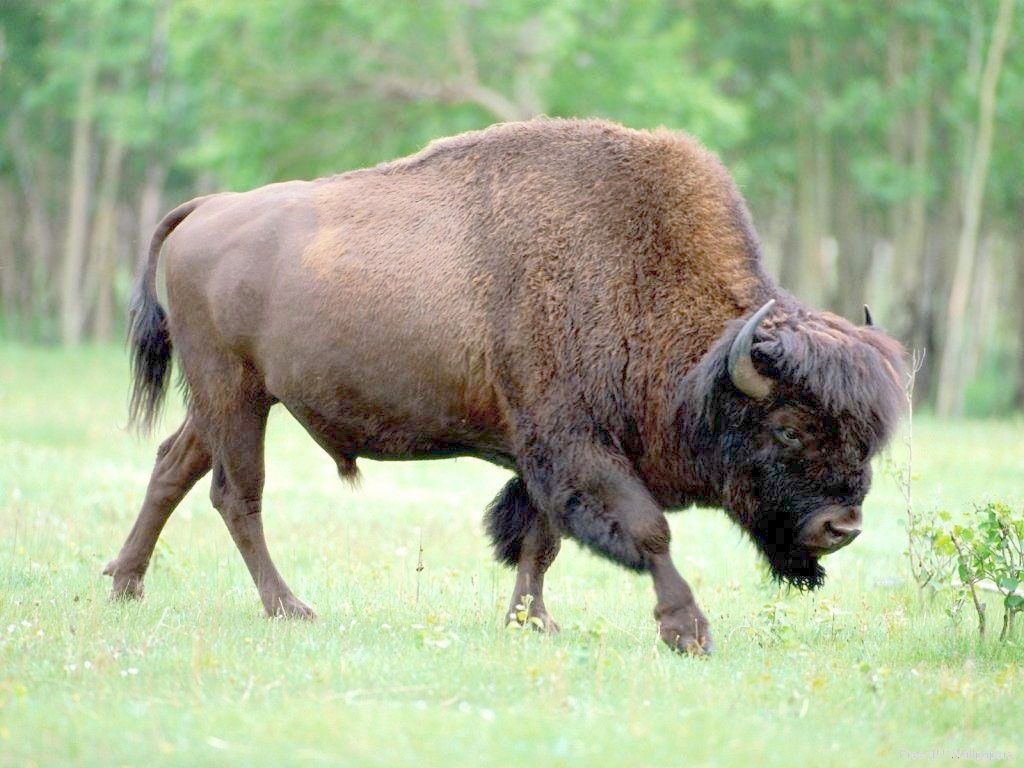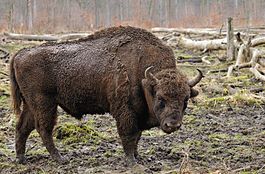Tiger Habitat Conditions
The tiger is a huge cat. Its length is almost three meters, a little less than a meter is on the tail. If you imagine that such a pussy would stand on its hind legs in an ordinary room, it would almost reach the ceiling. The tiger also weighs impressively - more than two hundred and fifty kilograms. This is the most dangerous and insidious predator.
Nature has endowed the tiger with extraordinary beauty. True, he does not have a mane like a lion, but he can boast of lush sideburns and a luxurious skin. She is red with dark transverse stripes. White tigers are sometimes found in India. They have brown stripes running along their snow-white fur, and their eyes are blue.
It would seem that for a large predator that hunts, the outfit is too bright. With such coloring it is difficult to approach prey unnoticed. But this doesn’t bother the tiger at all. After all, this animal lives in thickets of reeds, bushes, and tall grasses. There, the play of light and shadow makes the striped giant invisible even at close range. And a tiger can sneak up silently no worse than any cat.
The tiger travels long distances very quickly and without difficulty and swims beautifully. It never climbs trees, but likes to playfully jump onto a tree with soft bark and scratch it, sharpen its claws. However, this is not only a game. By leaving “bullies” in trees, tigers mark their territory. It’s like they’re leaving a warning: I’m the boss here, beware! Claw marks appear at a height of two meters, are visible from afar and force uninvited guests to remain on their guard.
Everyone knows the ability of cats to meow. The smaller ones sing and purr very quietly, the growl of the larger ones carries hundreds of meters. The entire area becomes silent and hides. But the tiger is unusually silent. Only when she attracts the attention of the tigress does she use her vocal abilities, masterfully imitating the voice of a roaring bull.
The tiger hunts both day and night. Watches for prey, ambushes near rivers, lakes and forest paths.
The tiger is not afraid to fight even with a bear, but most of all he loves to hunt wild boars, deer and antelope. When rivers flood, the animal feasts on fish, turtles, lizards, crocodiles, and frogs. With the onset of winter hunger, he does not disdain mice.
The tiger usually drags its prey to a secluded place. It can carry even a whole bull over a long distance. An animal can eat up to thirty kilograms at a time, especially if it is hungry. Then the tiger drinks his lunch properly and lies down to rest. I slept - I can eat again. What's left of lunch? The tiger moves a lot, and he wants to eat constantly.
When the time comes to have offspring, tiger fights begin. Whoever wins will take care of the tigress he likes. Tiger fights are not a very pleasant sight. It seems that many animals are killed in these brutal fights. In fact, the tiger that loses tries to sneak away faster, and the winner always shows generosity. After all, he gets the tigress.
A tigress has from two to four cubs. She hides the babies in an inaccessible cave or in impenetrable thickets. And he doesn’t even let the father get close to the kids. Newborn tiger cubs are half the size of a domestic cat. And their habits are very reminiscent of kittens. They grow quite quickly and already at the age of one month begin to leave the den.
In the first days, the tigress leaves her cubs unattended only when she is very hungry. But as soon as the cubs grow up, the mother can hunt longer. The tigress will not part with the cubs for two or three years, until they become completely independent.
Tigers live for about fifty years. But few live to old age. This strong animal, which has no enemies in nature, is on the verge of extinction. People exterminated tigers mercilessly. Fear, as you know, has big eyes. And the larger and more menacing the predator, the more fear it causes. But tigers were hunted not only for their beautiful skin. In the East they believe in the healing properties of everything that can be borrowed from a damaged animal. Folk legends even endow his claws and mustache with magical powers.
By the seventies of the last century, no more than six thousand tigers remained on the entire Earth. Therefore, the animal was included in the Red Book. And in India, in order to protect and increase the number of these animals, a special project to protect striped beauties was approved in 1973. It was called “TIGER.”



No comments here yet.